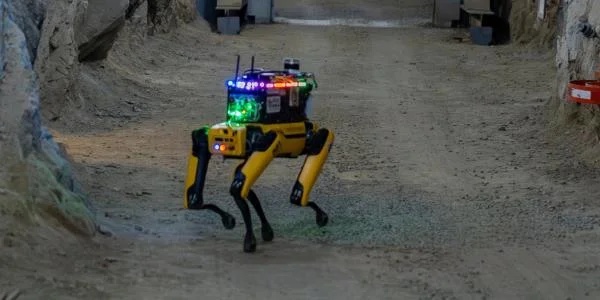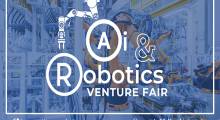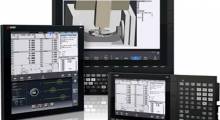Imagine a four-legged robot that can scavenge through tunnels one thousand feet underground in pitch darkness. Conceived and built by a team of University of Colorado Boulder researchers and students, the robots, initially designed to find survivors in collapsed mines, caves, and damaged buildings, are now being tasked with other challenges.
The robots placed third as the top U.S. entry and earned $500,000 in prize money at a Defense Advanced Projects Research Agency Subterranean Challenge competition in 2021. Two years later, the team is pushing the technology even further, earning new research grants to expand the technology and create new applications in the rapidly growing world of autonomous systems.
“Ideally you don’t want to put humans in harm’s way in disaster situations like mines or buildings after earthquakes—the walls or ceilings could collapse and maybe some already have,” said Sean Humbert, a professor of mechanical engineering and director of the Robotics Program at CU Boulder. “These robots can be disposable while still providing situational awareness.”
The team developed an advanced system of sensors and algorithms to allow the robots to function on their own. Once given an assignment, they now make decisions autonomously on how to best complete it.
A major goal is to get them directly into the hands of first responders, which requires simplifying the way the robots transmit data into something approximating plain English, according to Kyle Harlow, a computer science PhD student. “The robots communicate in pure math,” he said. “We do a lot of work on top of that to interpret the data right now, but a firefighter doesn’t have that kind of time,”
To make that happen Humbert is collaborating with Chris Heckman, an associate professor of computer science, to change both how the robots communicate and how they represent the world. The robots’ eyes – a LiDAR sensor – creates highly detailed 3D maps of an environment, 15 cm at a time. That’s a problem when they try to relay information as the sheer amount of data clogs up the network.
“Humans don’t interpret the environment in 15 cm blocks,” Humbert said. “We’re now working on what’s called semantic mapping, which is a way to combine contextual and spatial information. This is closer to how the human brain represents the world and is much less memory intensive.”
The team is also integrating new sensors to make the robots more effective in challenging environments. The robots excel in clear conditions, but struggle with visual obstacles like dust, fog, and snow. Harlow is leading an effort to incorporate millimeter wave radar to change that.
“We have all these sensors that work well in the lab and in clean environments, but we need to be able to go out in places such as Colorado where it snows sometimes,” Harlow said.
While some researchers are forced to suspend work when a grant ends, members of the subterranean robotics team keep finding new partners to push the technology further. For example, Eric Frew, a professor of aerospace at CU Boulder, is using the technology for a new National Institute of Standards and Technology competition to develop aerial robots, meaning drones, instead of ground robots, to autonomously map disaster areas indoors and outside.
Although numerous universities and private businesses are advancing autonomous robotic systems, Humbert said other organizations often focus on individual aspects of the technology. In comparison, the students and faculty at CU Boulder are working on all avenues of the systems for uses in environments that present extreme challenges.
“We’ve built world-class platforms that incorporate mapping, localization, planning, coordination – all the high level stuff,” Humbert said. “There are only a handful of teams across the world that can do that. It’s a huge advantage that CU Boulder has.”
Watch this video for a deep dive on CU Boulder’s award-winning autonomous robot research efforts.
Article topics
Email Sign Up
















